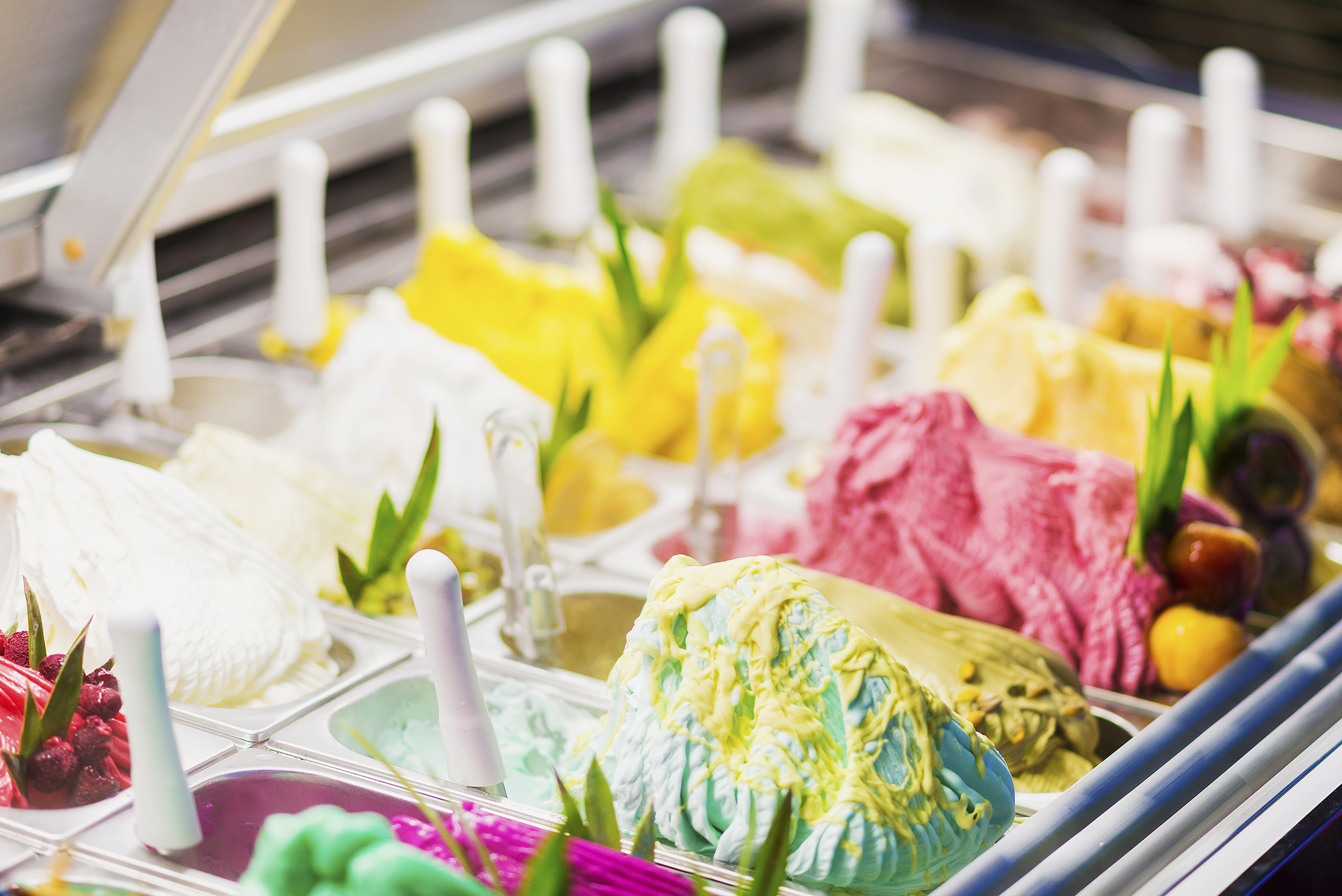It is not the title of a book or a movie, but a real, tangible, expanding library at Gelateria D’Ambrosio in Capitol Hill. Biblioteca Italiana Seattle (BIS), is a non-profit organization of volunteers who are creating a library of Italian literature to promote Italian culture.
Categorized using the Shelfari system and visible on its website, BIS has accumulated more then seven hundred titles, many translated into English. Visitors to the website order titles online and pick them up on Sundays between the hours of 2PM and 4PM. It is difficult to find Italian books in Seattle Public libraries or used bookstores, limiting the options of the reading, bilingual public.
The project desires to change that by creating the foundation of a future cultural center. This is an experimental project that could not happen without three key elements: first is the space that Marco D’Ambrosio, the owner of “Gelateria D’Ambrosio” offered, second is the group of volunteers who manage the library, and third are the donations of books from individuals interested in helping promote Italian literature and culture.
During our visit to Biblioteca Italiana Seattle we could not resist chatting with D’Ambrosio, and of course, tasting the gelato. We asked him how the idea of BSI was born. He said that he has always “loved literature” and as he looked at his gelato shop on Capitol Hill, with the beautiful high ceilings, he thought it an ideal location for an Italian library. During our conversation, we were taken on a journey into the discipline and traditions of gelato.
A native from the Abruzzo region of Italy, Marco came to Seattle with a background in marketing and business. After several years in the wine business, he decided to follow the family tradition of his father Enzo D’Ambrosio, a university certified gelato master. Today, father and son own gelato shops in Ballard, Capitol Hill, and Bellevue. D’Ambrosio explained how real handcrafted gelato is made: all you need are few ingredients, time, and expertise.
The base for all the gelato flavors is always one, fiordilatte, translated literally as the flower of milk.
Besides the excellence of the ingredients, the quality of the gelato will rely upon a time consuming, complex process: two hours of pasteurization and six to eight hours of maturation. He wanted to underline that no mixtures are used and “they never will be” for D’Ambrosio gelato. No powder, liquid, or paste mixtures (that often contain additives) are present.
“The difference in the two methods are dependent upon the structure, or essence of your product,” he said. He used an Italian analogy, “In the first case, you use a slow, artisanal process, like preparing a tomato sauce in a terracotta pot; the second is using a mixture. It is like using a pre-made can of tomato sauce.” D’Ambrosio explained to me that he did a blind taste test (the same one used for wine) to pick the dairy brand to use the gelato. It was an organic, local brand, Fresh Breeze Organic Dairy made in Lynden, Washington that intrigued him the most.
All the other flavor ingredients, except those that are local and organic, are imported from Italy when possible, like their signature flavor pistachio di Bronte, or Pernigotti chocolate from Piedmont.
“Why does a person come in to have gelato instead of ice cream?” I asked. He thought for a moment and answered, saying that to have gelato in the United States is a “processo educativo del palato” or an educational path of the palate. You need to know what is in the product you are tasting.
Intrigued by his business, we asked him if D’Ambrosio gelato will be sold in stores sometime in the future. “No, not for now,” Marco said. “We would rather have people coming to us. If we made it available everywhere, it would change the picture. Why not dig into the experience of tasting gelato with a great Italian book?”




























